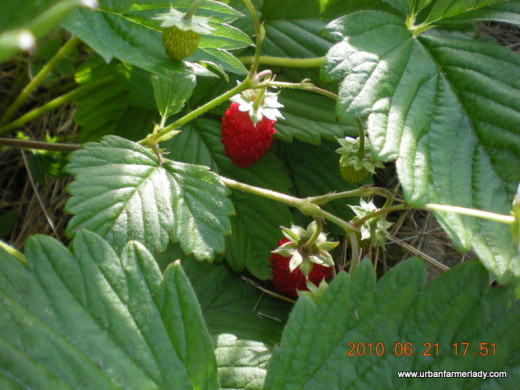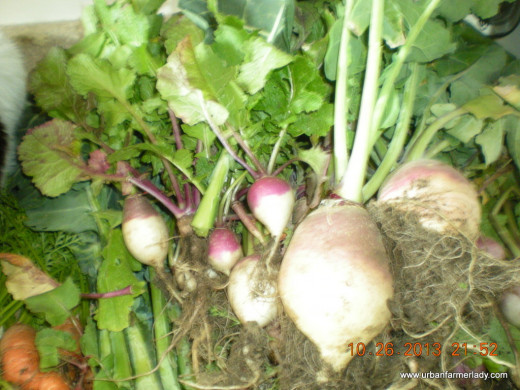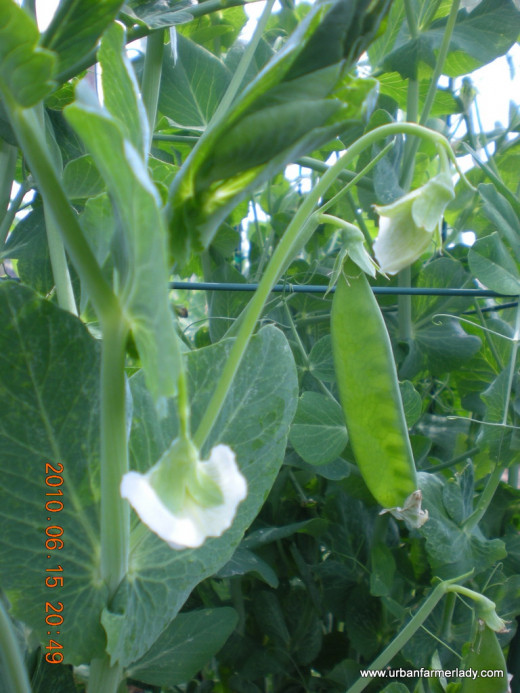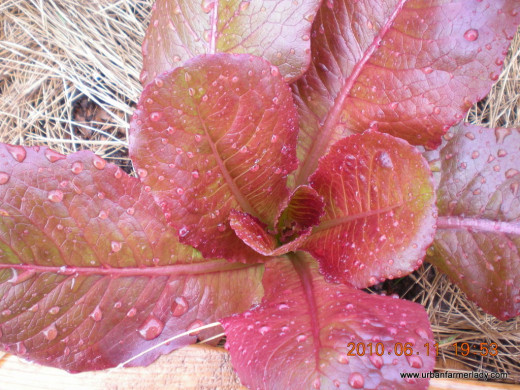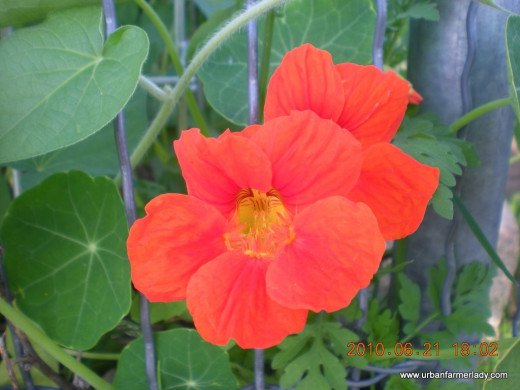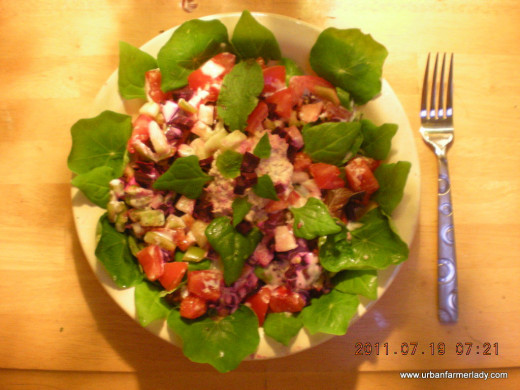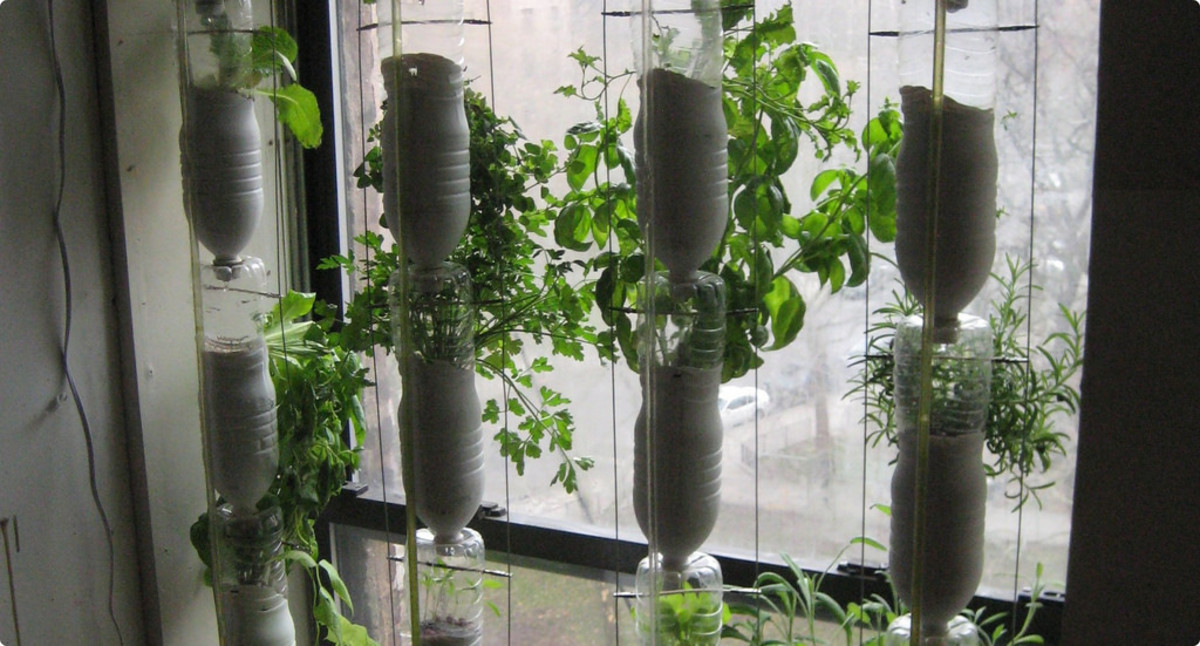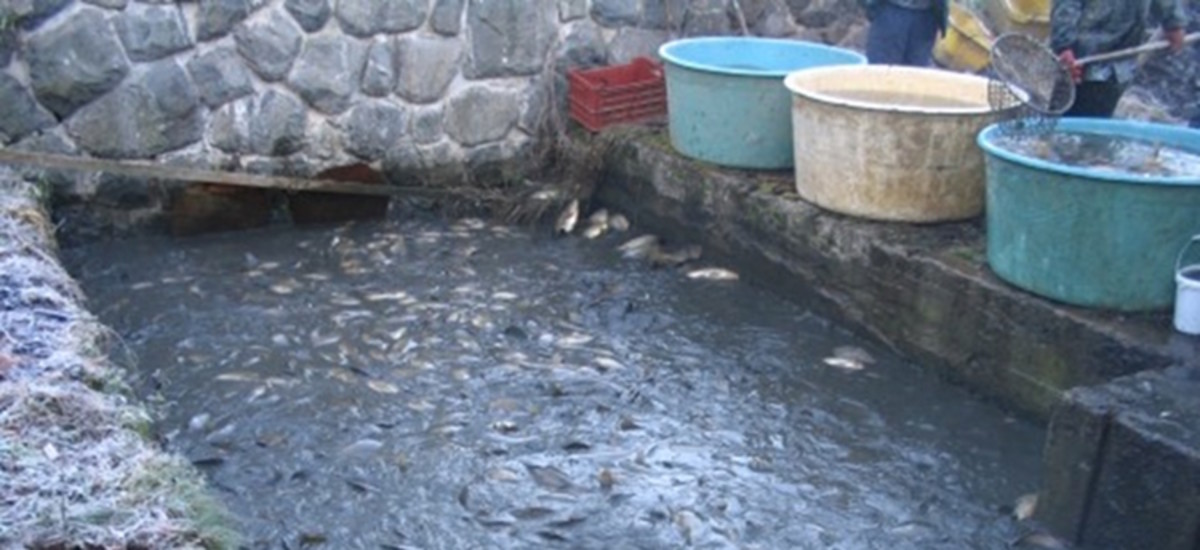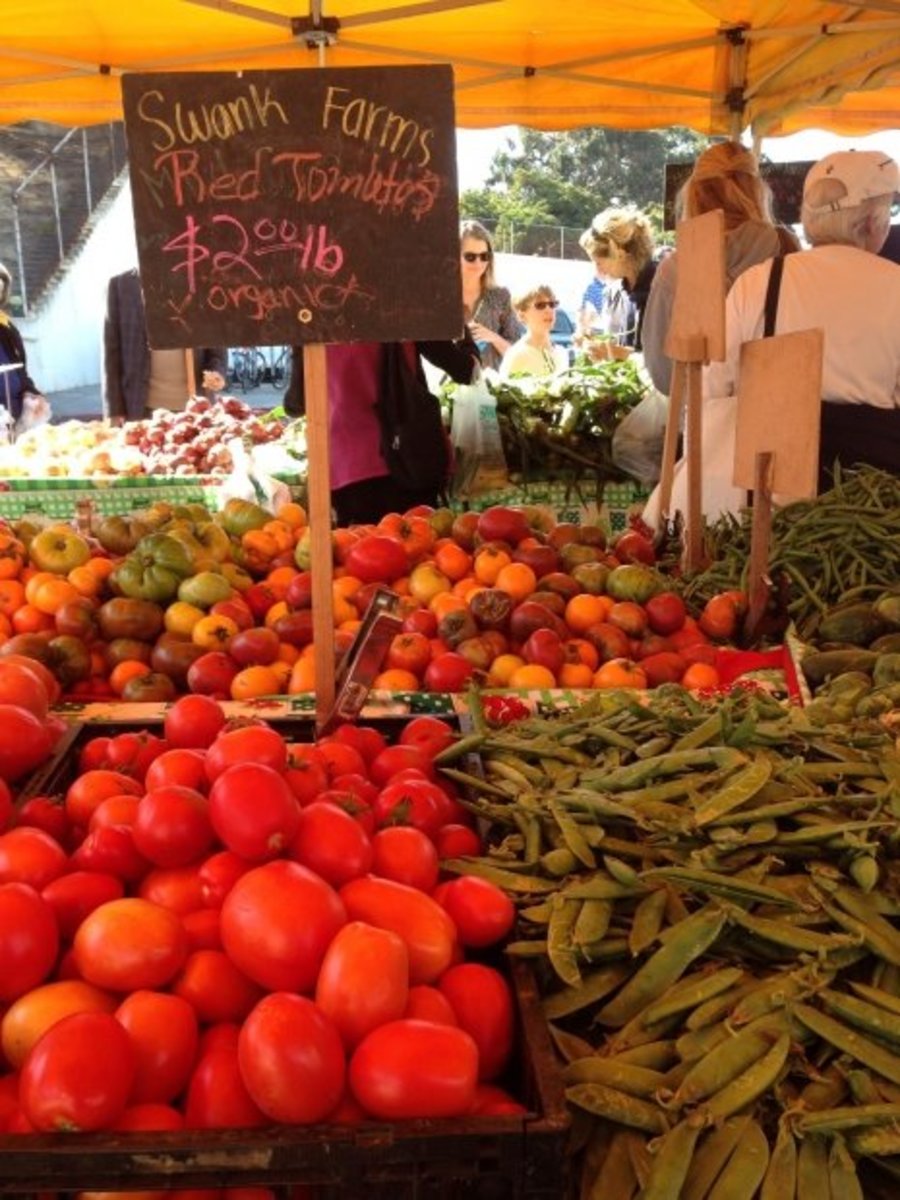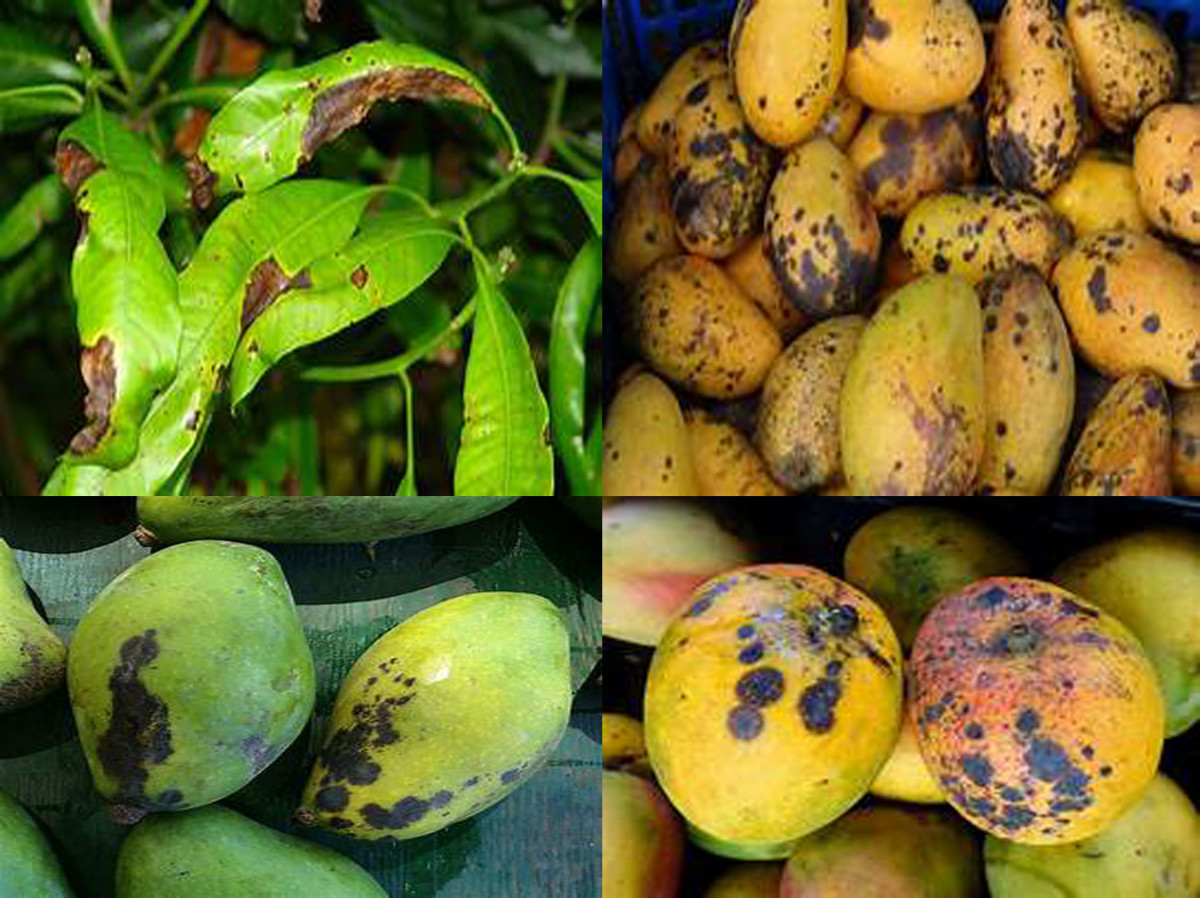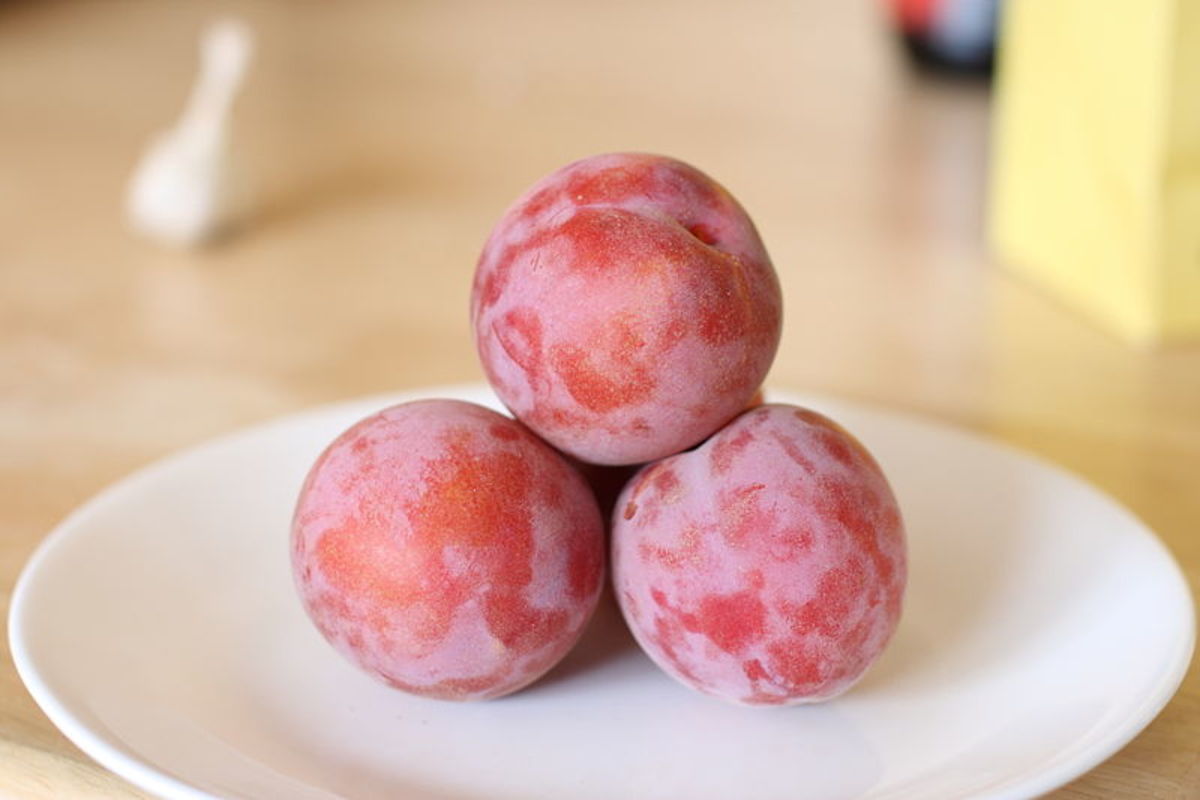Sustainable Urban Farming
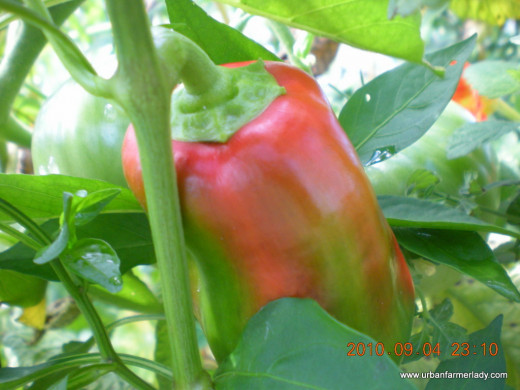
Sustainable Farming: Urban Style
Are you an urban farmer? Me too.
My urban farm can be as sustainable as I desire. Yours can too. Urban farms cut expenses & reduce waste. Where's my carbon footprint? It's shrinking one step at a time. Sustainable agriculture is good all around.
Transitioning from dependency to sustainability overwhelmed me at first. I've learned how to take it one simple step at a time. My first sustainable step eventually led me to another & another.
Clearly it took steps, generations & time to increase unsustainable farming, dependency & large carbon footprints; it will take steps to decrease them too.
Are you ready to step?
Grow Bags Save Space Too!

Plan Your Growing Space
Renter? Owner? Neighbor? It's always good to consider the impact that the growing space could have on neighbors & landlords. Some landlords may not want food growing on their property. Neighbors tend to go along with it if it looks good. Others may want to follow the idea and begin growing their own food too. Soon little urban farms may pop-up throughout the neighborhood!
Little time? Little space? Do you run to catch a bus? Work long hours? Me too.
Adapt an urban farm to fit the time & space you have to put into it. Grow perennial strawberries & easy growing kale. Try slow growing root vegetables. Most root vegetables couple up as a 2-in-1 crop because most have very edible nutritious greens to feed you while the root vegetable is growing underground. I love my slow growers & I think you will too.
Not much growing space? If you don't have much room there are collapsible grow bags, vertical planters & trellises on the market; but you can use most anything from around your house. For instance, one of my favorite trellis' is an old baby gate with a coated metal mesh... my cucumbers embrace it, and my outdoor stair banisters make great supports for cherry tomato vines while the stairs double up & become my harvest ladder later on.
When you use a variety of recycled items to grow in or on, things can look a bit messy but you can tidy things up & bring your landscape into a complimentary focus with a bit of earth friendly, food safe paint, wood stabilizer or not, it's up to you.
Whenever I use recycled items to grow in & on I consider the material it is made of. Chemicals eventually seep from things & into the soil. I use to use old tires stacked & otherwise; but I don't anymore.
Garden Girl Vertical Gardening One
Vertical Growing Kit - Convenient Space Saver
Seeds to Get You Started
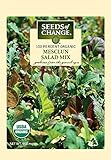
Decide What to Grow
You might begin growing simple crops like heirloom lettuce, strawberries, spinach, & peas. Don't overwhelm your life by planting everything your heart desires & feeling defeated in the end. A mistake I learned early on.
Include sustainable heirloom perennials & self-seeding food crops. Perennials come back on their own & self-seeders seed & plant themselves naturally. Plan to let some plants go to seed, dry them & save them for next planting season.
If you include companion plants they will invite predatory insects in & keep pests & diseases out. If you plant these before you sow your crops, a protective environment will already be established. Transplants always need an adjustment period to establish themselves. I've learned to allow time for companion plants to establish themselves well before I plant my crops. This gives me the best results.
....psst! Many companion plants are edible themselves making this my favorite all around growing method.
Grow edible flowers like Nasturtium for beauty & food! These companion plants are friends to most crops. ...& I like them too! Nasturtiums are easy-to-grow, self-seeding, & love neglect!...perfect for busy urban farmers. You can grow them right in a flower box! The entire plant is edible & nutritious!
If you plan an urban garden & keep it simple & compatible your success will be outstanding. You'll be encouraged to move forward & take the next step.
Easy to Grow Fruits & Vegetables
Click thumbnail to view full-size




How to Grow
Each plant has it's own How to Grow needs. First find your growing zone so you know when to plant.
Plant Hardiness Zone Map
- USDA Plant Hardiness Zone Map
Click on your state, use a zip code, drop down menu, interactive or audio map. Get a more detailed growing stat for your area right within your state rather than general state wide growing zone stats. Printable too! Very cool. - Plant Hardiness Zone Maps Around The World | Edible Landscape Design
Urban farming outside the US? Check out World Hardiness Growing Zone Maps. Happy Farming!
Sun? Shade? Grow food plants compatible to your growing environment. Portable containers may remedy some sun/shade problems.
Seedling Germination Station
Next find out if your particular seed needs any prepping. For instance, some seeds are best soaked overnight before planting, and so on. Know the seed depth, row spacing & thinning of each plant. They are all important to its overall growth. If you begin urban farming with purchased seeds, directions for growing individual food crops are written on the pack. Most of the time. Google has a library of "How to Grow" topics about individual plants too. Just follow the information and grow, grow, grow.
Next find out what soil & nutrients are needed. Many urban farmers purchase organic soils & nutrients but you can make your own compost & liquid fertilizers too. Crushed egg shells & used coffee grinds are handy household nutrients that can be added directly to the soil. Chicken manure is a favorite of many & let's not forget seaweed & cow manure. Remember whatever you use if you use organic products your food will be cleaner.
Compost teas are a fast feeding form of plant food. They are easy to make as long as you have a compost pile. If you can't have an open outdoor compost pile there are enclosed, continuous & batch composters for sale on the market.
I'm using an indoor worm bin. Indoor worm bins are great for apartment dwellers who may not be able to have a compost pile outdoors but there are many organic soil amendments to buy on the market if you're not ready to make your own.
Indoor Worm Composters
Store Your Food
There are several methods available for storing food. Methods like drying & cold storage are earth friendly & sustainable while the more popular methods, freezing & canning ...um...not so much.
Canning can be expensive if you don't already have the proper equipment to get you started. I didn't. When I considered canning my harvest, I could not. I didn't have any canning supplies & my budget wasn't about to cover the cost even if I found them at my favorite thrift stores.
Freezing is convenient but if you don't have a deep freezer, like me, and you do harvest a lot then there probably won't be enough room to accommodate your harvests.
Then I thought about it...folks have had to preserve their food since the beginning of time. They dried, pickled, jammed, cured & built cold storage areas & more. Some of today's most common food storage methods are cold storing, dehydrating, drying, curing, freezing & canning.
Cold Storage
The cold storage/root cellar method is one of the easiest, most economical, earth-friendly methods to preserve food & yet it is unpopular compared to other methods.
Do you have a root cellar? Me either but you can store food in sand or sawdust instead. I use sand.
Remember those hard plastic food coolers everyone used to lug to the beach before the lighter weight, over-the-shoulder nylon food coolers became so popular? My hard plastic food coolers became compact, portable little root cellars that are easy to access & I can store them in a cool "root cellar" environment. My cool, dark back hall. I alternately layer the coolers first with sand, but you can use sawdust too & then a layer of root veggies, being careful not to let them touch, continuing all the way to the top. This portable root cellar method has preserved a variety of root vegetables for me for months.
Feeling creative & talented? Well, you can even build your own root cellar.
Food Dehydrators

Food Dehydrating
Dehydrating food naturally wastes no energy at all. Dehydrated food tastes good, is nutritious, sustainable & good for on-the-go busy people & Mother Earth too. It can also be rehydrated for use in soups & other recipes. I use the hang & dry method for herbs & garlic.
Dehydration retards the decomposition process. Dried & dehydrated food lasts a long time.
There are several electric & solar powered food dehydrators on the market & if you want you can find instructions about how to build your own Solar Dehydrator too.
Solar Food Dehydrator/Oven

Vacuum Seal
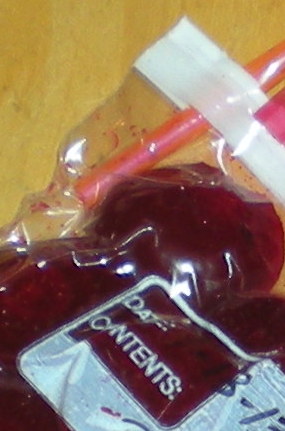
Freezing Food
Freezing retains more flavor & nutrients than some other common methods of food preservation & it's easy. Like most people I have a freezer of some sort & freezer storage bags are plentiful & can be cleaned & reused again later.
Prepping the harvest for freezing basically consists of washing, blanching, submerging, drying & sealing accordingly. Concerned about freezer burn? Freezer Burn isn't a safety hazard but it isn't a welcome guest either. Freezer Burn happens when air contacts the food's surface. It dries the moisture out of the food. Prevent freezer burn by vacuum sealing the container. If you use freezer containers burp the air out according to instructions. If you use freezer baggies vacuum seal the air out before freezing.
There are many vacuum sealers on the market. Do you have one? I don't so a straw and some wind power, so-to-speak. continue to work well for me. Want to try it? Put a clean straw just inside the baggie, hold it to your lips, simultaneously breathe in a deep breath to seal the baggie while zipping the bag closed.
Freezing is one of my favorite easy-to-do food storage methods but it's not the greenest method of storing your own food. Freezers constantly use electricity. If everyone in the world has, at least, one of these chemically filled Freon ice monsters running all the time then it can't be a good thing. But even though this seems grim to me, I still freeze my own food because that's the method most immediately available to me right now. But I store my food in other ways too. Drying, dehydrating & cold storage food preservation.
Food Vacuum Sealers

Food Canners
Canning
We all know that food needs safe storage & proper canning will assure that; but canning, to me, is a very time-consuming, energy wasting process that is easier to mess up with it's intricate details than the quicker, more energy efficient food storage methods that I rely on the most. ....but I do adore the neatly labeled see-through jars that line my neighbor's pantry.
I enjoyed canning Wild Rose Petal Jam, my must have tomato sauce & endless harvests of beans & peas when I was growing up but now that I'm a busy urban farmer, canning is full of timers and utensils that boggle me down, take up kitchen space when there isn't any to forfeit for the canning process & the storage for all of it that comes later.
Eager to can your own food?
Canning Food in Mason Jars - Tips and Warnings is a good informative read to review before you begin.
Food Storage
What food storage method do you use most?
Eat Well
Click thumbnail to view full-size
Benefits
Urban farmers can organically grow, can, dry or freeze their own food; recycle plants and seeds, create their own compost and even grow their own mulch.
An urban farm that practices sustainable agriculture is stepping out of the carbon footprint and into a greener pair of shoes. Greener shoes mean less consumption and less waste, greener wallets and a greener earth. One step in the right direction creates good side effects all around.
Rewards
Growing your own food not only rewards your table with countless servings of the freshest food possible with the richest most nutritious nutrients and flavor, but growing fruits or vegetables are good for the air that we breathe too! Urban farms provide oxygen, fresh food, are thrifty and self-sustaining.
Savings
The urban farm's more mundane rewards are a win-win situation. Think of the savings you'll rake up. Your grocery bill, even your doctor bill will decrease. Growing your own food from unadulterated seeds, without chemicals is sure to promote good health and vitality! Fewer trips to the supermarket mean that you save on gasoline and that saves the environment.
© 2014 Ruth Perkins


